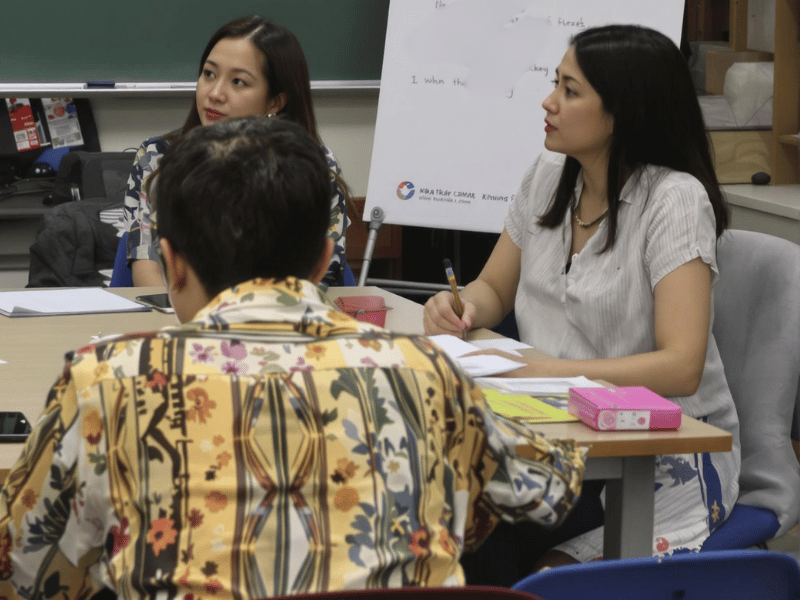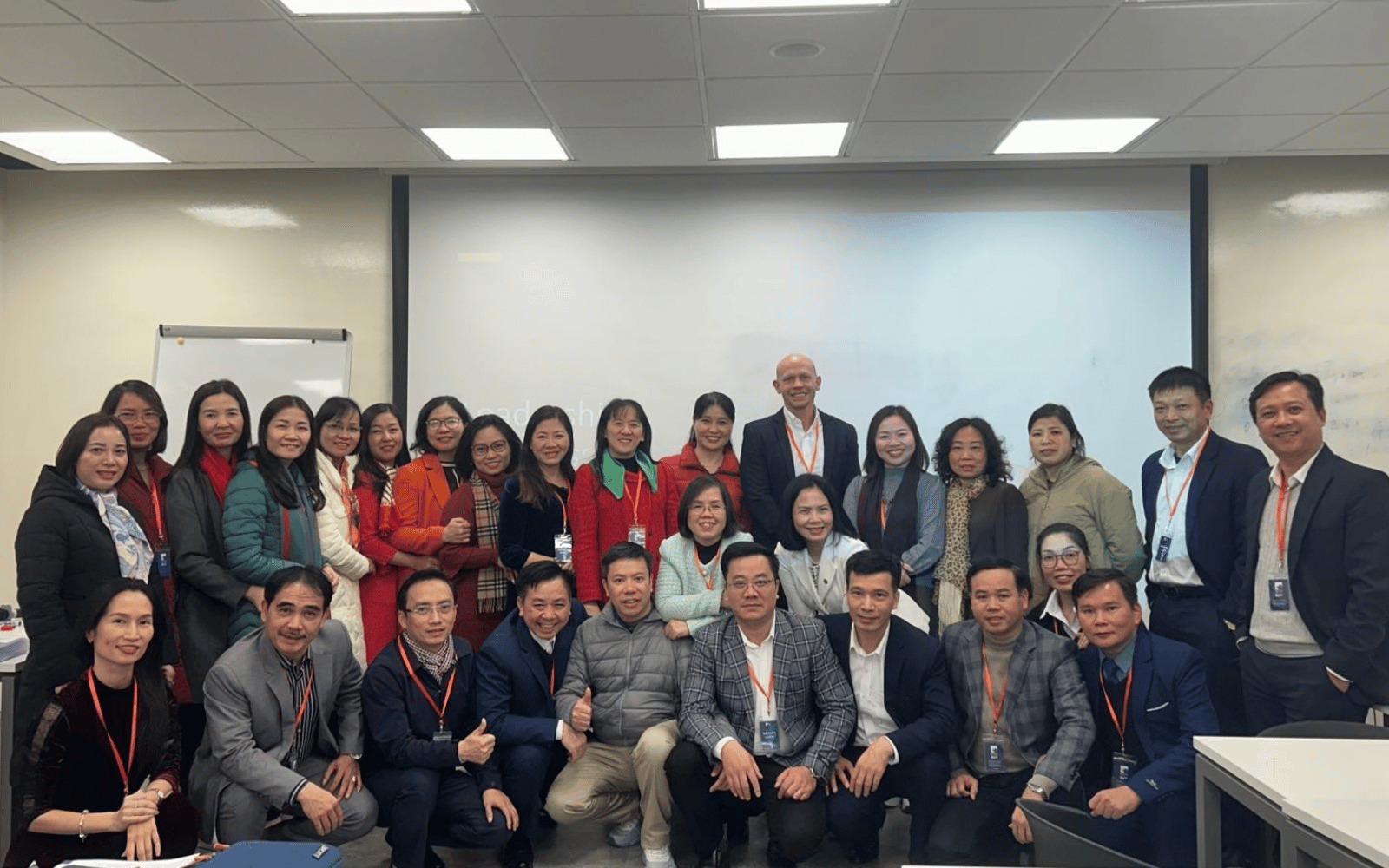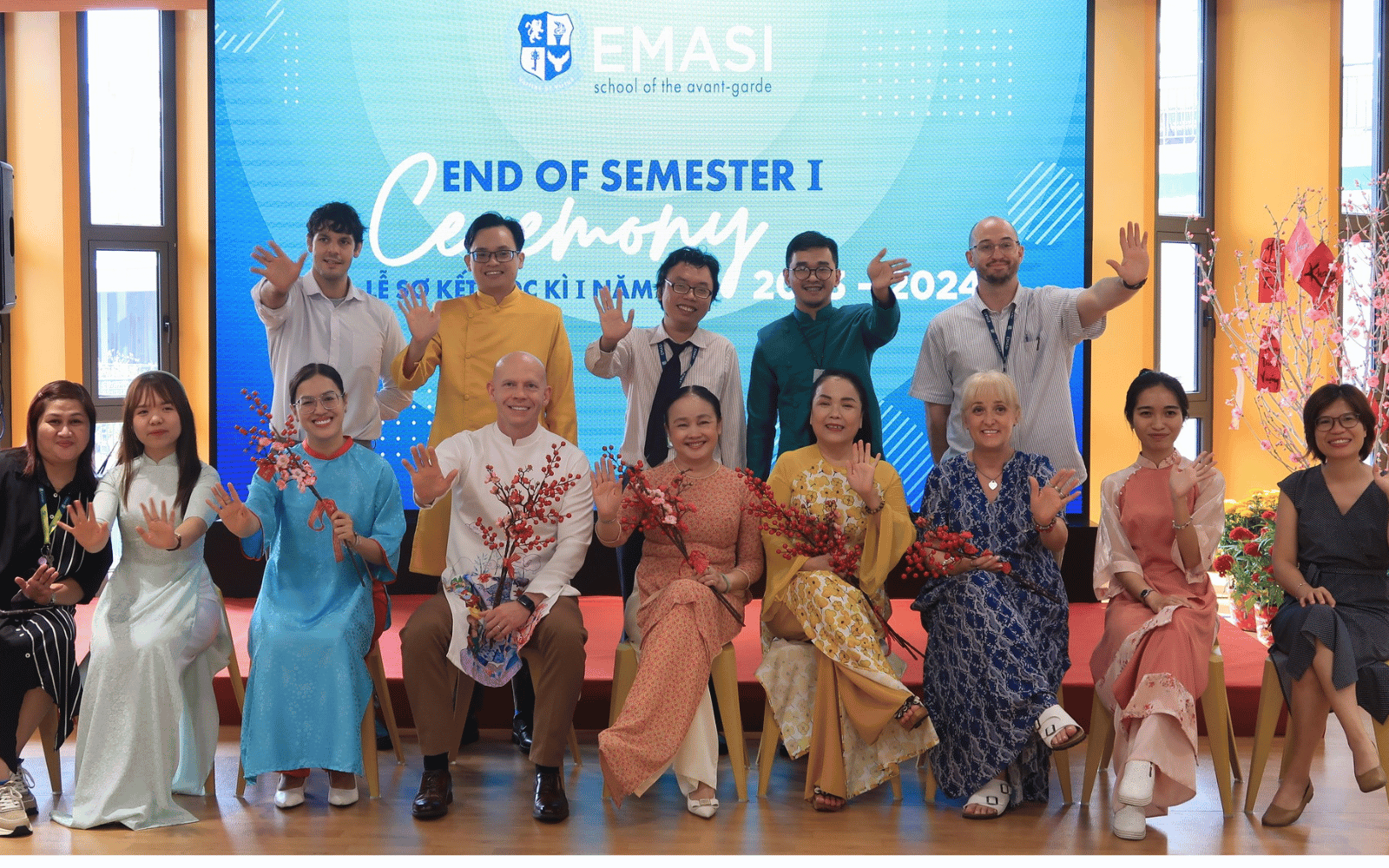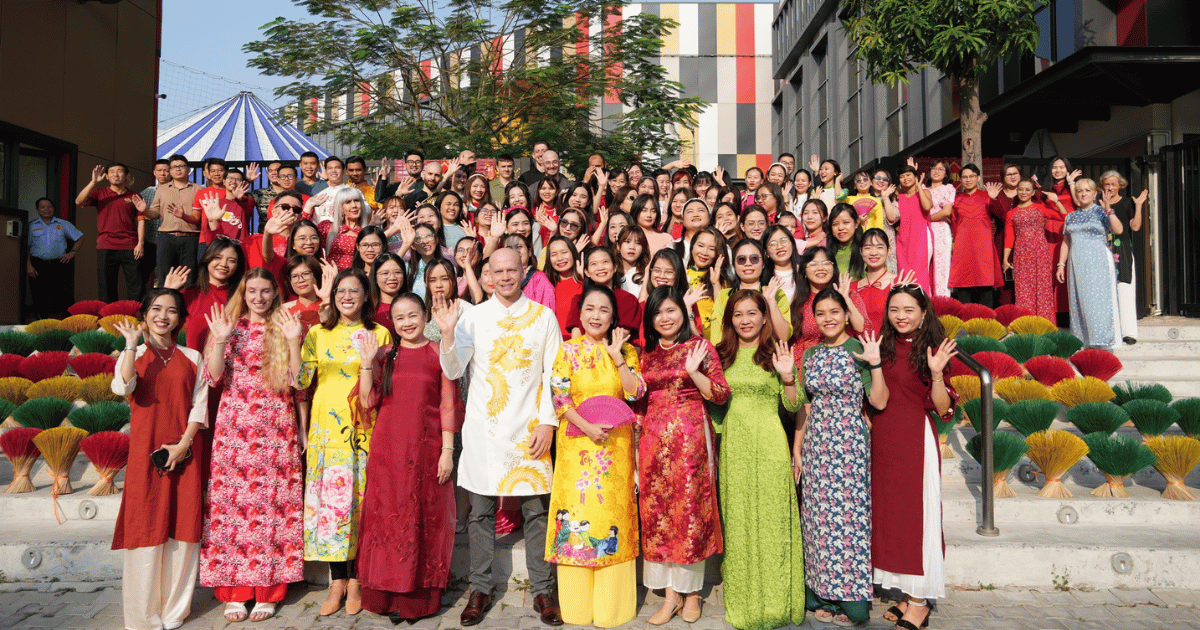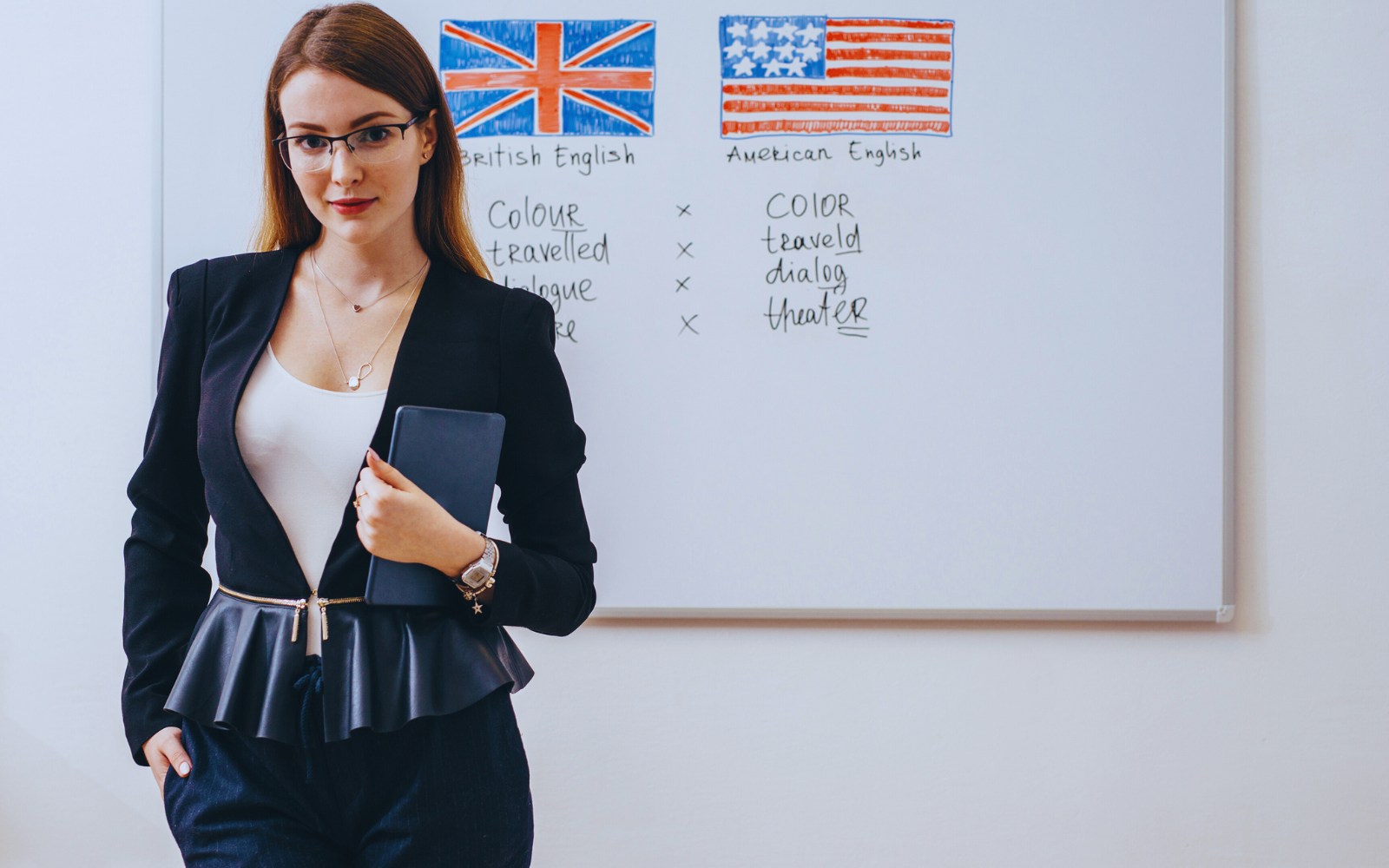Everything You Need to Know About Bilingual Education in Vietnam
Bilingual Education in Vietnam: An Overview
Both Vietnam's public and private education sectors are starting to really embrace bilingual education as a pivotal strategy for development.
Bilingual schools are starting to be seen as a strong educational model for delivering a comprehensive language acquisition framework which combines the Vietnamese language with a foreign language, often English.
This serves to enhance the cognitive abilities and academic development of students and create bilingual citizens ready for a globalized workplace.
Whether you're considering bilingual education for your children, curious about its benefits, or wondering about the cultural shifts driving this trend in Vietnam, this article will serve as your guide.
In the next few paragraphs, I will share some insights about the intricacies, successes, and challenges of bilingual schooling in Vietnam that I have learned as Managing Director of one Vietnam's most prestigious bilingual schools.
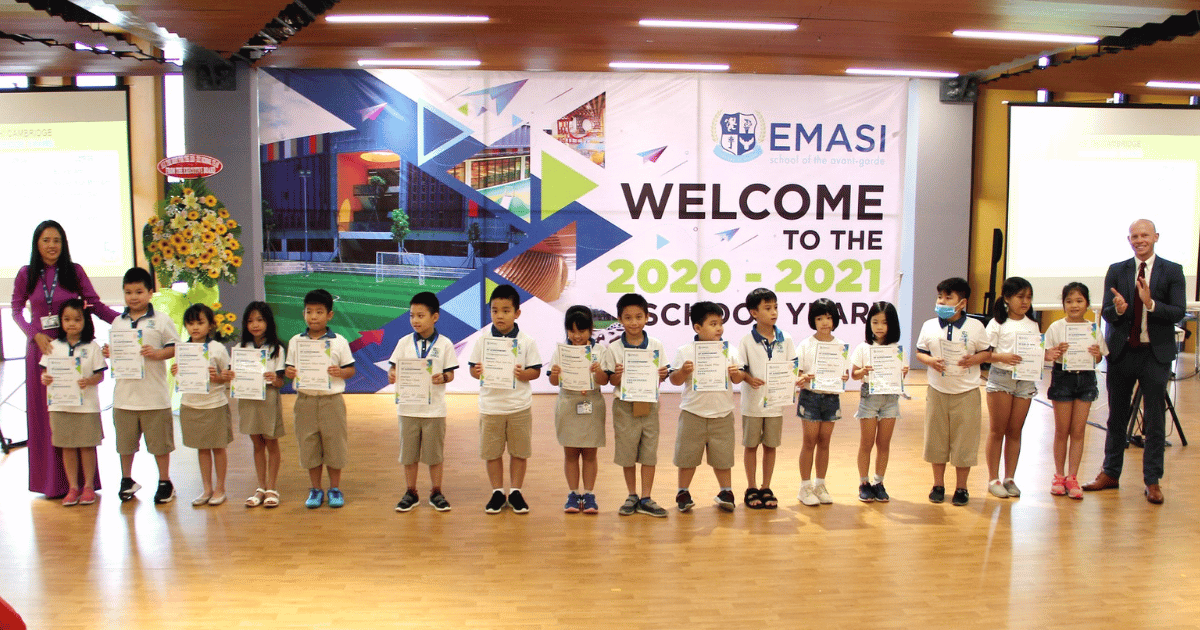
What is a Bilingual School?
Before diving in, let's clarify what "bilingual school" typically means in Vietnam.
A bilingual school in Vietnam offers education in both Vietnamese and a second language, usually English. The curriculum at these schools is designed to ensure students become proficient in both languages. This dual-language approach not only enhances linguistic skills but also deepens cultural understanding.
The aim of these schools is to prepare students for success in a globalized world while also valuing their Vietnamese heritage and culture.
In these schools, core subjects like Math, Science, and Information Technology are often taught in English. This helps students become comfortable using English in various academic contexts.
Conversely, Vietnamese history, literature, and geography are taught in Vietnamese. This approach maintains students' connection to their own culture and language.
By teaching in both languages, students receive a well-rounded education. This opens doors to further studies in English, whether it's A Levels or university studies in Vietnam or abroad.
Beyond academics, bilingual schools in Vietnam place a strong emphasis on holistic development. They offer a variety of clubs, arts programs, and sports to nurture students' physical, creative, and social skills.
The popularity of bilingual schools in Vietnam has grown significantly. Parents appreciate the blend of international education and Vietnamese cultural roots these schools offer. Their growth reflects Vietnam's embrace of global trends and the increasing value placed on multilingualism in today's interconnected world.
How are Bilingual Schools Different From International Schools?
Both bilingual and international schools in Vietnam provide students with international curriculum exposure. However, they differ in their educational approach, curriculum, language of instruction, and admission policies.
Bilingual schools in Vietnam offer a curriculum that combines the national Vietnamese curriculum with international elements, such as the Cambridge curriculum or the International Baccalaureate (IB). This approach aims to give students a global perspective while keeping them connected to their Vietnamese heritage and culture.
International schools, in contrast, focus solely on a full international curriculum. They provide globally recognized programs like the IB, Advanced Placement (AP), or specific country's systems like the American or British ones.
In terms of language, bilingual schools teach in both Vietnamese and a second language, usually English. This ensures students are fluent in both. International schools usually teach only in English or another major international language.
Admission policies also differ. International schools in Vietnam mainly cater to expatriate students and Vietnamese students planning to study abroad. There are limits on the number of local students, set by the government and the schools themselves. These schools aim to maintain a large international student body.
Bilingual schools primarily serve Vietnamese students who want a mix of local and international education. They're a great choice for those planning to stay in Vietnam but seeking the benefits of an international education.
When it comes to costs, international schools generally have higher tuition fees. This is due to their extensive international resources and globally recognized curriculum.
In summary, choosing between a bilingual and an international school depends on the family's educational objectives, language preferences, budget, and future plans. Both types of schools offer valuable but distinct educational experiences.
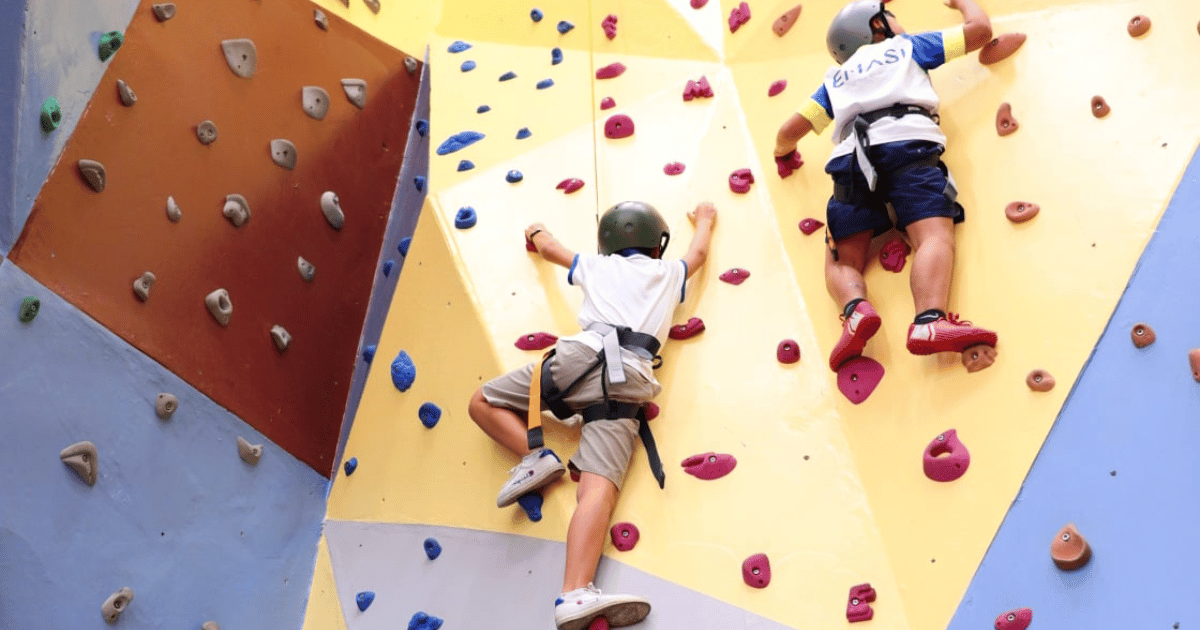
What are the Advantages of a Bilingual School Education in Vietnam?
Choosing a bilingual school in Vietnam offers several key advantages. These benefits are crucial for a student's growth and future opportunities.
The biggest advantage is bilingualism. Students learn to speak, read, and write in both Vietnamese and English (or another second language). This opens up many local and international opportunities.
Cultural sensitivity is another plus. These schools mix local culture with international views. This helps students appreciate and respect diversity. It teaches them to be global citizens while keeping their Vietnamese roots.
Being exposed to various teaching styles and cultures improves adaptability. This skill is very useful in today's fast-moving, global world.
Bilingual schools in Vietnam blend the strict Vietnamese education system with the open-minded international curriculums. This leads to better academic performance and well-rounded growth.
Career-wise, being bilingual is a big advantage. It's especially useful in international companies that need people who speak multiple languages. Speaking English, the main language of business, opens up more career options.
Bilingualism has cognitive benefits too. It can improve problem-solving, creativity, and memory. It also helps with mental flexibility and concentration.
These schools are more affordable than international schools. This makes them a cost-effective option for families wanting a global education for their children.
For students aiming to study abroad, bilingual education gives them the language skills and cultural adaptability they need.
In short, bilingual education in Vietnam gives students the language skills, cultural understanding, academic strength, and global perspective they need to succeed in a connected world.
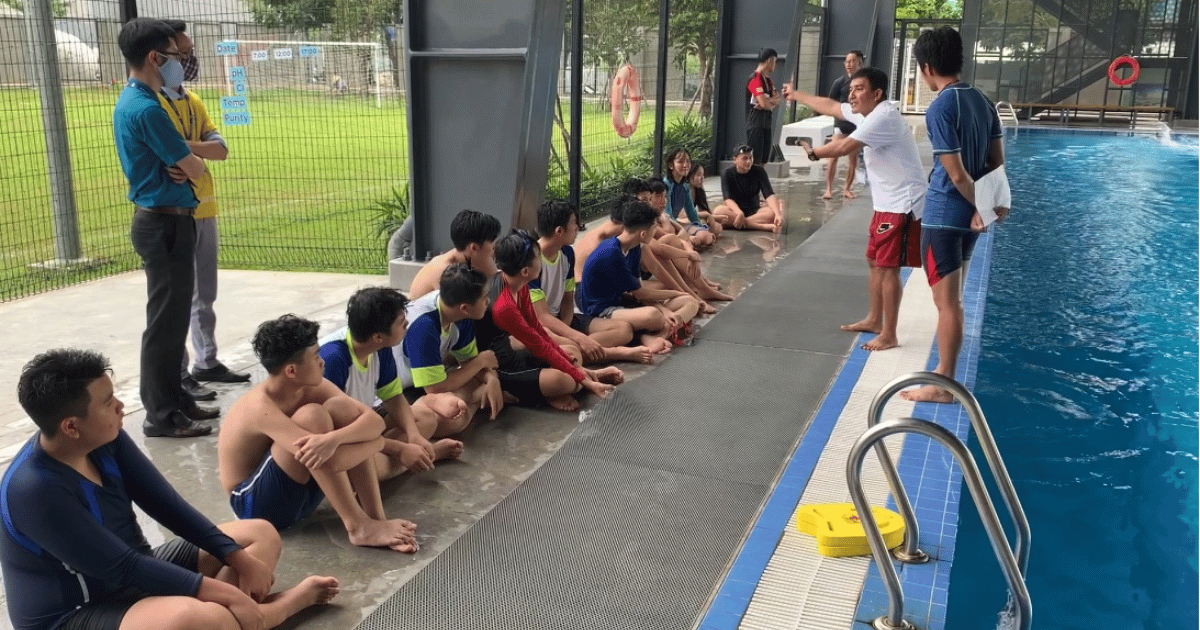
What are the Advantages of International Schools in Vietnam?
Vietnam's international schools come with their own unique benefits. They might be the right choice for some students and families. It depends on their educational goals, backgrounds, and future plans.
One key advantage is the globally recognized curriculum. These schools often use the International Baccalaureate or country-specific systems like the American or British ones. This kind of education is valued by universities and employers worldwide.
English proficiency is another benefit. Most teaching at these schools is in English or another major world language. This can really help students planning to study or work abroad.
These schools also offer a mix of cultures. Students come from different countries, creating a multicultural setting. This teaches students about different ways of life and helps them respect various views and traditions.
International schools are great for expat families. Families who move often find these schools helpful because they have similar standards worldwide. This makes moving between countries and schools easier.
These schools prepare students well for studying abroad. They follow international education standards. Plus, many offer guidance for applying to universities outside their home country.
Extracurricular activities are plentiful at international schools. They have options like music, drama, art, sports, and various clubs. These activities are important for students' overall growth.
Lastly, international schools usually have better resources and facilities. This includes modern classrooms, large libraries, advanced science labs, and excellent sports areas.
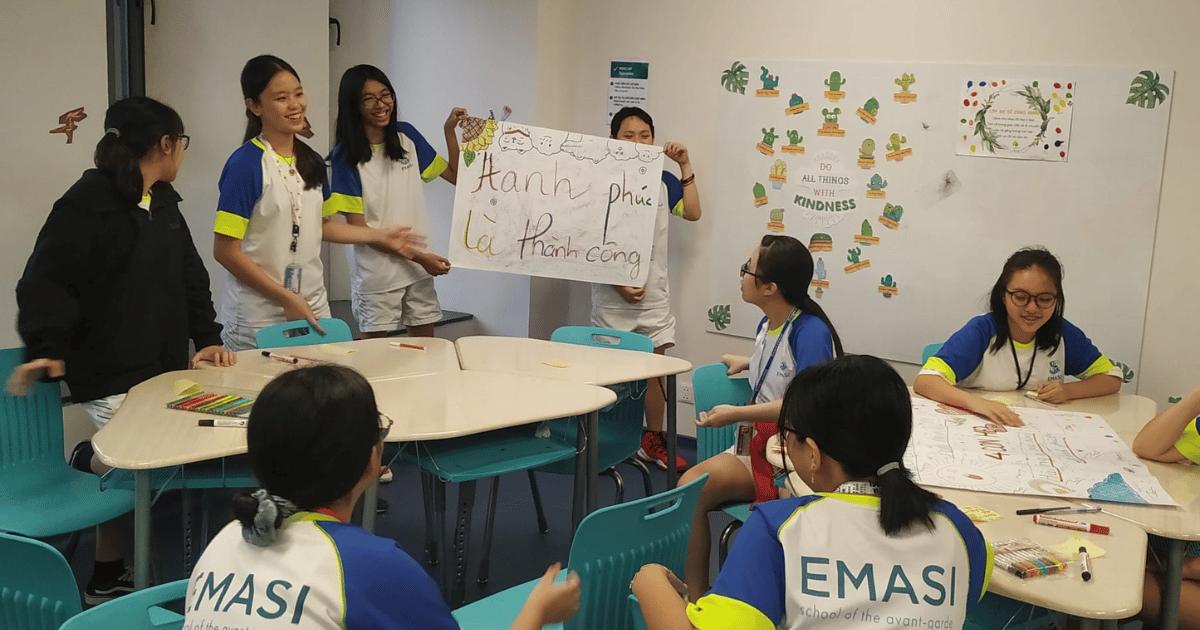
What does a Bilingual Learning Environment Look Like?
The learning environment in a Vietnamese bilingual classroom is as dynamic and varied as the languages being taught. It combines different cultural elements and teaching methods to create a supportive and engaging space for students. Here's a look at what this entails.
In these classrooms, teachers switch between Vietnamese and English. This creates an immersive language environment. Subjects like Math, Science, and IT are often taught in English. Meanwhile, Vietnamese history, geography, and literature are taught in Vietnamese. This method keeps both languages actively used in a meaningful context.
Interactive learning is a key part of these classrooms. Teachers use methods that get students involved. This could be group discussions, role-plays, presentations, and project-based work. All these activities require active language use.
Cultural exposure is another important aspect. Students learn about both Vietnamese traditions and international cultures. They might celebrate local festivals and also observe global events. This helps students understand and respect different perspectives and traditions.
Many bilingual schools in Vietnam focus on student-centered learning. This approach develops critical thinking, problem-solving skills, and creativity. Students are encouraged to question, explore, and form their own conclusions.
Technology is also integrated into teaching methods. This could include online research, digital presentations, or educational apps and software.
The teachers in these classrooms are trained to support students learning in two languages. They provide extra help to those who need it, allowing every student to learn at their own pace.
Teamwork and collaboration are emphasized. Students work together on projects, fostering respect, cooperation, and learning from each other.
Beyond just academics, these classrooms also focus on students' overall development. Activities like sports, arts, and personal growth are key parts of the learning experience.
In summary, a bilingual classroom in Vietnam is a vibrant and inclusive space. It nurtures students' academic, linguistic, cultural, and personal growth, preparing them for opportunities both locally and globally.
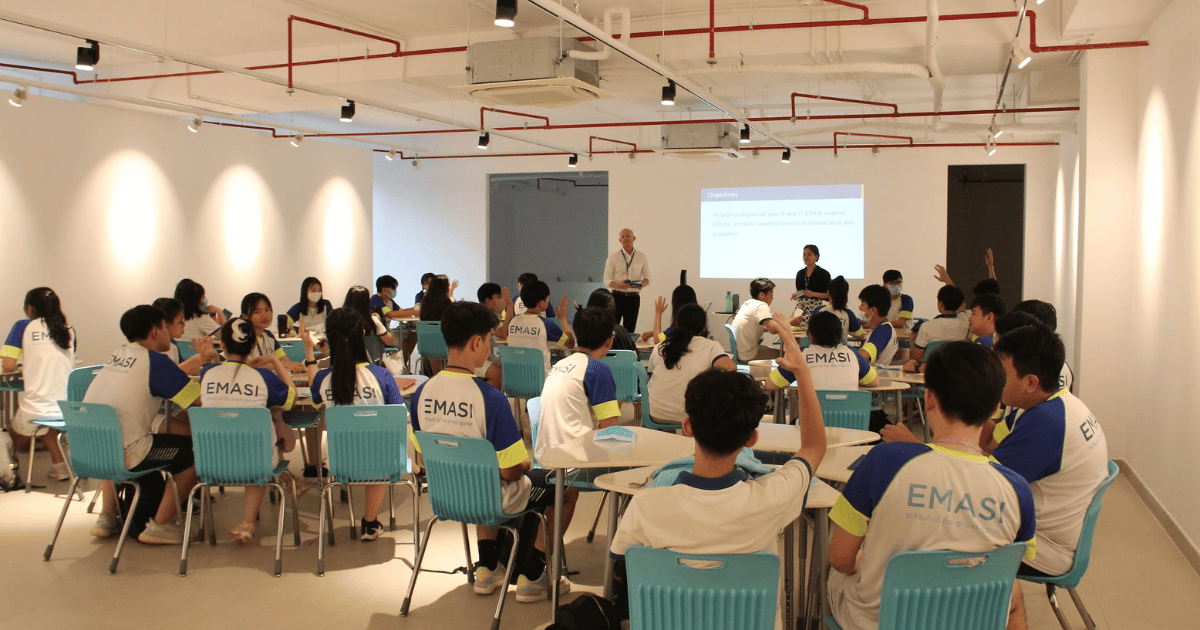
What Diplomas do Students Earn at Bilingual Schools?
The diploma a student earns upon graduation from a bilingual school in Vietnam can vary. This depends on the school's specific curriculum and programs. Here's an overview of the common diplomas and certificates available.
Most bilingual schools in Vietnam follow the national education system. So, students usually earn the Vietnamese National High School Diploma when they graduate.
Some schools offer the International General Certificate of Secondary Education (IGCSE). This two-year program is for students aged 14-16. Developed by the University of Cambridge, it's globally recognized and prepares students for further study, including A-Level and BTEC Level 3.
A-Level Certificate programs are available at certain bilingual schools. This pre-university program from the UK can lead to admission in universities worldwide.
The BTEC Level 3 National Diploma is another option. It's a vocational qualification recognized by universities, colleges, and employers globally.
Some schools also offer the International Baccalaureate (IB) Diploma Program. This challenging pre-university course is for students aged 16-19. The IB diploma is highly respected by higher education institutions around the world.
The specific diploma a student receives depends on the school's curriculum and programs. Parents and students should consult their school for exact qualification details.
How is the Teaching Quality in Bilingual Schools?
The teaching quality in Vietnamese bilingual schools is generally high. This is because they often attract skilled and well-educated teachers. However, like in any country, the quality can differ from school to school. Here are some factors influencing teaching quality in these schools.
Educator qualifications are a key factor. Many teachers in these schools are highly qualified in their subjects. They often have professional teaching qualifications and a background in international education. This helps them effectively manage the bilingual curriculum.
Small class sizes are common in bilingual schools. This allows for more personalized attention for each student. Teachers can focus on individual learning styles, strengths, and weaknesses.
Professional development is a priority in these schools. Regular workshops, seminars, and training sessions keep teachers up-to-date with the latest teaching methods and educational research.
Many bilingual schools use a student-centered teaching approach. This method focuses on nurturing students' academic, social, and emotional development. It encourages active learning and critical thinking.
Cultural sensitivity is another important aspect. Teachers in these schools understand cultural differences well. They create an environment that respects both Vietnamese and international perspectives.
These schools also have a wide range of teaching aids and resources. This includes digital tools, well-equipped science labs, and large libraries. These resources enhance the quality of teaching and the learning experience.
Parents should research and visit schools to understand the teaching quality better. Talking to teachers and students can give a good sense of what to expect at a specific school.
Do Students Learn Soft Skills in Bilingual Schools?
Students in Vietnamese bilingual schools are excellently prepared for lifelong learning, acquiring essential life skills, and furthering their studies at international universities. Here's an overview of how these schools contribute to student development.
A key focus in these schools is fostering lifelong learning. They often adopt a student-centered approach, which encourages active learning and critical thinking. This approach helps develop curiosity, creativity, and a love for learning, all crucial traits for lifelong learners.
Life skills are a significant part of the curriculum in these schools. Students learn effective communication, collaboration, conflict resolution, time management, and goal setting. Extracurricular activities, clubs, and sports offer chances for leadership, teamwork, and public speaking. Also, being in a bilingual environment naturally improves multilingual and multicultural communication skills.
Preparation for international universities is another strength of these schools. They blend the national curriculum with internationally recognized programs like Cambridge International or the International Baccalaureate (IB). These curriculums are rigorous and respected by universities globally. Additionally, many schools provide university counseling to help with the application process for international universities.
These schools also cultivate global citizenship. The bilingual and bicultural environment helps students appreciate diverse cultures, perspectives, and ideas. This fosters a global mindset, preparing them for studies and careers in multicultural settings.
Adaptability is a key skill developed in bilingual schools. Students learn to adapt to different languages and teaching styles. This flexibility is valuable for university studies and beyond.
Finally, mastering two languages and navigating a diverse educational environment boosts students' confidence. This prepares them for future challenges and opportunities, setting a strong foundation for their academic and professional journey.
Final Say on Bilingual Education in Vietnam
Bilingual schools in Vietnam provide an educational environment conducive to lifelong learning, life skills acquisition, and preparation for international university study.
Nonetheless, the quality and extent of these benefits can vary between schools, so it's always advisable for parents and students to thoroughly research and visit schools to ensure they align with their educational goals and values.
